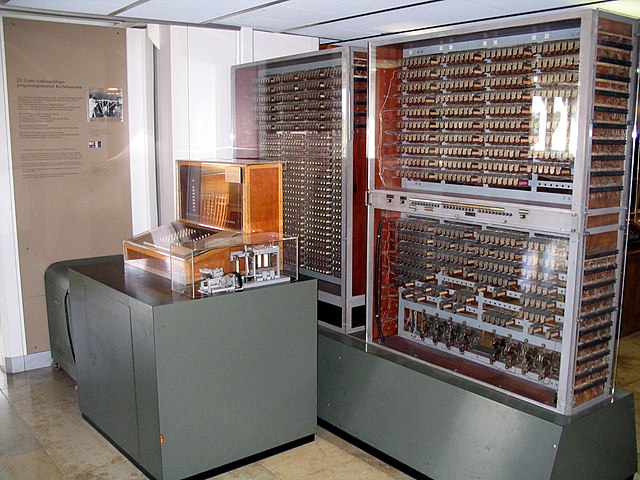The IEEE Standard for Floating-Point Arithmetic is a technical standard for floating-point arithmetic established in 1985 by the Institute of Electrical and Electronics Engineers (IEEE). The standard addressed many problems found in the diverse floating-point implementations that made them difficult to use reliably and portably. Many hardware floating-point units use the IEEE 754 standard.
William Kahan. A primary architect of the Intel 80x87 floating-point coprocessor and IEEE 754 floating-point standard.
Floating-point arithmetic
In computing, floating-point arithmetic (FP) is arithmetic that represents subsets of real numbers using an integer with a fixed precision, called the significand, scaled by an integer exponent of a fixed base.
Numbers of this form are called floating-point numbers.
For example, 12.345 is a floating-point number in base ten with five digits of precision:
An early electromechanical programmable computer, the Z3, included floating-point arithmetic (replica on display at Deutsches Museum in Munich).
Leonardo Torres Quevedo, in 1914 published an analysis of floating point based on the analytical engine
Konrad Zuse, architect of the Z3 computer, which uses a 22-bit binary floating-point representation
William Kahan, principal architect of the IEEE 754 floating-point standard





